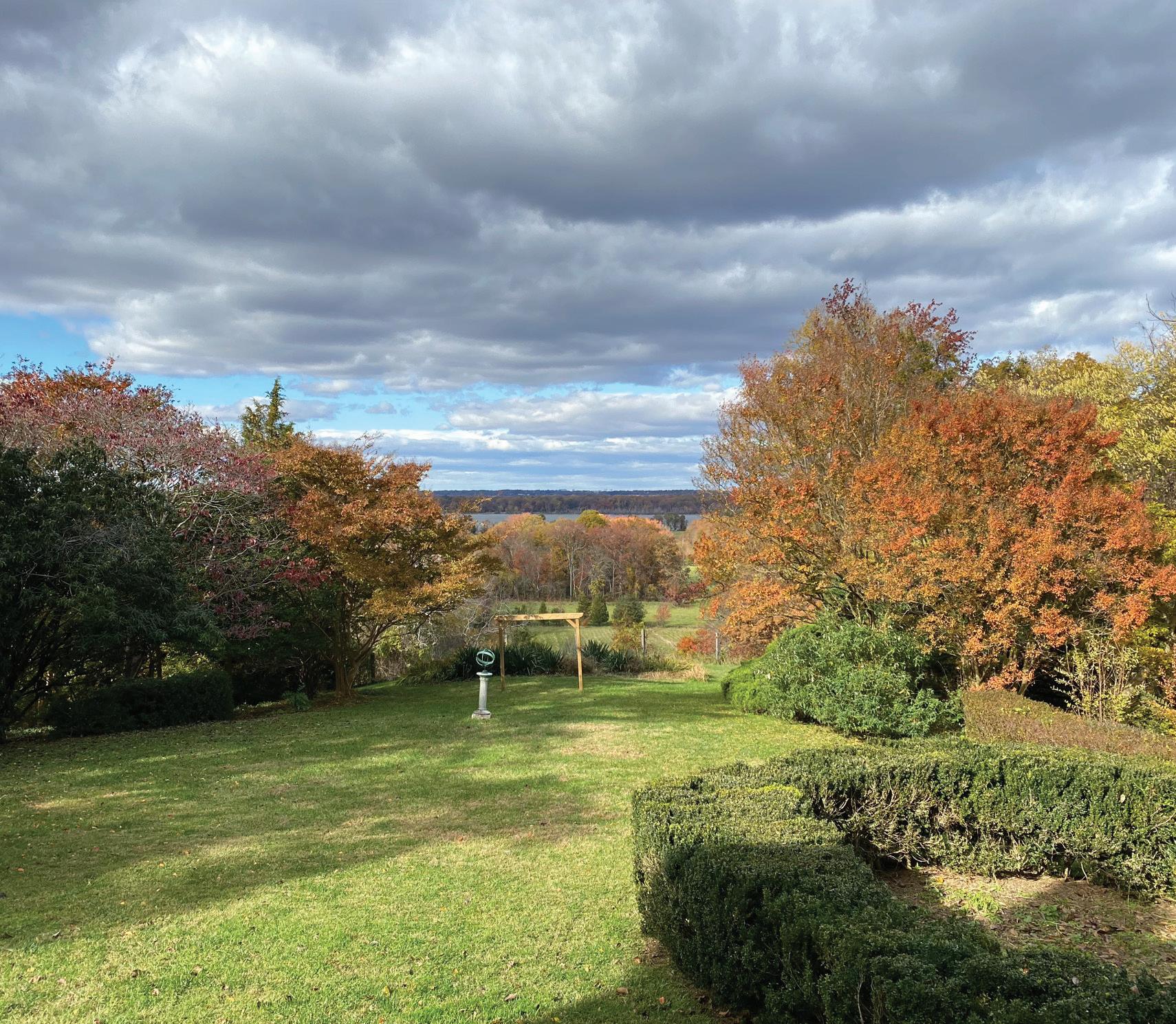
1 minute read
A Brief History of Accokeek
Prior to European settlement, the area that is now Prince George’s County, was home to the Piscataway Indians, who lived in villages from the Anacostia River south to the Port Tobacco River from around 900 A.D. (The Piscataway still live in Prince George’s County and retain their cultural traditions. In January 2012, Governor Martin O’Malley signed executive orders officially recognizing the Piscataway Conoy Tribe and the Piscataway Indian Nation.) They established farming villages in the fertile floodplains along major rivers and streams. The site of one of these villages, the Accokeek Archaeological Creek site along the shore of the Potomac River, is a National Historic Landmark.
After 25 years of trading with the Native Americans, in 1634 the Europeans began to settle in Maryland. By the mid-1600s,farms and plantations lined the Patuxent and
Potomac rivers within the original boundaries of Calvert and Charles counties. By 1695, the area population was between 1,600 and 1,700 people of European descent. Prince George’s County was established the following year. Agricultural and farming pursuits continued to dominate the area through the mid–twentieth century.
For many years Accokeek’s location, isolated from major transportation routes, limited development. However, as Charles County continued to develop and as MD 210 (Indian Head Highway) became a commuter route to centers of employment such as Washington, D.C., Accokeek became increasingly attractive for residential development in the mid-to-late twentieth century and continues to attract new residents in the twenty-first.









